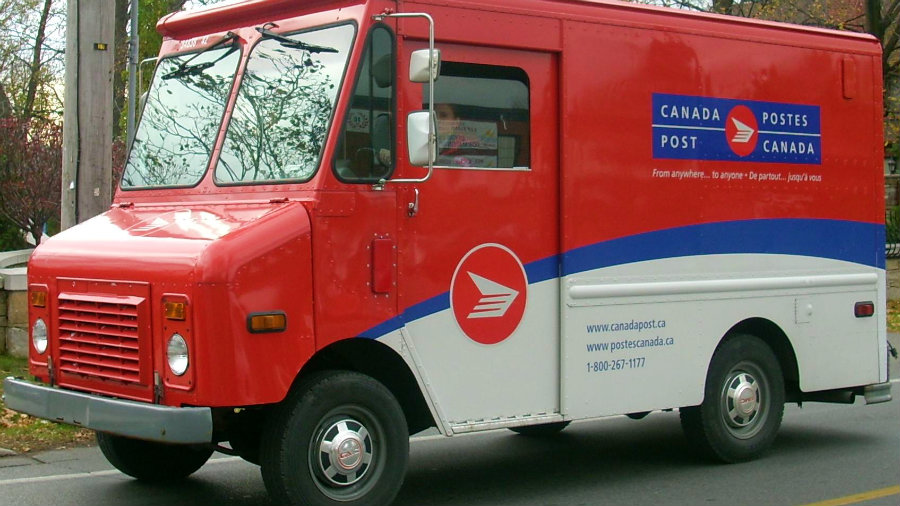Earlier this month, the Canada Post group of companies announced a net profit of $144 million on $8.2 billion in revenue for a net margin of 1.8% — about the same margin of profit as some of Canada’s grocery store chains.
The Canada Post group of companies consists of three operating segments.
First, there is Canada Post, the biggest segment of the three, which includes parcel delivery, residential mail delivery, and direct mail; it accounted for 77.4% of the $8.2 billion in annual revenue.
The second operating segment is Purolator, Canada Post’s shipping and courier service. It generated 19.6% of the Crown corporation’s overall revenue. Lastly, the remaining 3% was from SCI Group Inc., Canada Post’s supply chain solutions business, which helps other businesses with their logistics and supply chain issues.
As a result of its strong year, some in the media have suggested that Canada Post should privatize its parcel business, which generated over $2 billion in annual revenue in 2017 for the first time in its history.
It’s not a bad idea, which has me wondering about a Canada Post IPO or at least an IPO of the parcel division. Would investors gobble up newly minted shares in a public offering like they did Hydro One Ltd. (TSX:H) in November 2015?
Maybe. Let’s consider some of the options
Canada Post, as I said earlier, is the Crown corporation’s biggest operating segment, generating $6.4 billion in revenues this past year, 33% from parcel delivery — the segment’s second-largest line of business behind transaction mail, which includes the delivery of domestic letter mail.
The transaction mail line of business would be the least attractive to investors. In 2017, Canada Post delivered three billion pieces of domestic letter mail — two billion less than it did at the company’s peak in 2006.
Unfortunately, since 2006, while the number of addresses it delivers to has increased by 1.9 million, the number of pieces it delivers per address has declined by 48%. As a result, transaction mail saw revenues decline by $124 million in 2017.
That’s not a formula for success, despite generating $2.9 billion in annual revenue.
It’s big but not at all lucrative. It stays with the Crown corporation.
Another possibility is to spin off Purolator.
In 2017, Purolator generated a pre-tax profit of $120 million from $1.6 billion in revenue. The problem with this option is that Purolator works hand in hand with Canada Post’s parcel business, providing real synergies between the two businesses. To break them apart would seriously hamper the parcel business.
A third and an intriguing one to spin off is SCI Group, Canada Post’s logistics and supply chain solutions consultant. In 2017, it generated $21 million in pre-tax profit from $283 million in revenue. Separate from Canada Post, it could grow to $1 billion in annual revenue in no time.
The only problem with this option is the IPO would be relatively minuscule. It certainly wouldn’t have the panache of a Hydro One offering.
The final option
The final option is to separate Canada Post’s parcel business, merge it with Purolator, and take the combined business public.
Canada Post doesn’t break out the profitability of its parcel business, so I’m going to assume that its pre-tax margin is similar to Purolator’s at 7.5%. On a pro forma basis, the merged entity would have generated $278 million in pre-tax income in 2017 from $3.6 billion in revenue.
More importantly, the parcels business has seen its revenues grow by 77% since 2011, providing an interesting growth story for investors to bite in to.
The bottom line on a Canada Post IPO
If Canada Post were to do the final option listed above, I think an IPO would sell like hotcakes.
Any other option in my opinion just wouldn’t fly. You’d be better off buying TFI International Inc. (TSX:TFII) to gain exposure to the Canadian logistics and shipping business.
It’s an intriguing thought.








